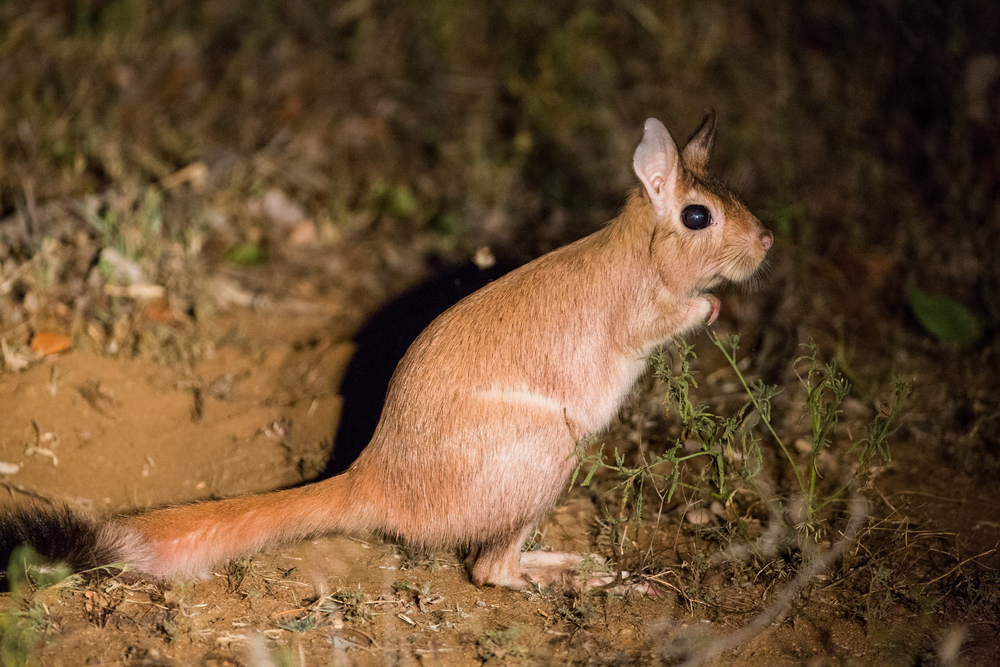DThus concludes Sara Erasmus, a researcher at Food Quality and Design. She studied the nutritional value of meat from the spring hare (Pedetes capensis), a rodent native to, among others, South Africa. ‘To provide the world population with sufficient proteins in the future, we must seek alternative sources of healthy, affordable and sustainable proteins. There is enough available, but we don’t always search in the right place.’
Plague
The consumption of meat is often criticised because livestock farming contributes to global warming. Alternatives such as plant-based meat substitutes, insects or cultured meat have been proposed. But, Erasmus opts another, often overlooked, scenario. ‘There are many species that form a plague in the wild, and are killed to keep populations under control.’ One such example is the spring hare in South Africa, which is killed by farmers to protect their crops. That meat is largely discarded. A waste, says Erasmus, as it is a healthy and cheap source of protein.oid. Zonde denkt Erasmus, want het is een gezonde en goedkope eiwitbron.
Just like rabbit
Erasmus studied the carcasses of spring hares and saw they were very similar to commercially bred rabbits. ‘Their meat is low in fat and rich in proteins and essential amino acids.’ Whether the hares are captured in the winter or the summer does make a difference. ‘In the winter, their meat contains more saturated fatty acids, which is not all that healthy. It will likely be a seasonal product.’
People must be seduced into trying it, and when they notice the taste is good, they will want it more frequently.
Sara Erasmus reseracher at Food Quality and Design
Before the spring hare becomes a regular menu item in South Africa, supply chains that can guarantee the safety of the meat must be put in place, according to Erasmus. ‘In general, herbivore meat is less risky, but it can contain parasites, for example. Much research has been done on the safety of bush-meat, so it’s mainly an issue of applying that expertise.’
Distrust
What people eat is largely culturally defined. Local tribes in South Africa have consumed spring hare meat for generations, but it’s not popular in the rest of the country. Erasmus: ‘A similar wariness is seen with alternative protein sources such as insects. I think that the demand will increase if you inform the public on the health and nutritional value of the product.’
Because the meat is similar to that of rabbits, the transition for consumers who eat rabbits will be small, Erasmus thinks. Moreover, processing the meat in a product the consumer is already familiar with may help. In the Netherlands, geese are shot to keep populations under control, and they end up in the Schiphol goose bitterbal. ‘People must be seduced into trying it, and when they notice the taste is good, they will want it more frequently.’

 Photo: Shutterstock
Photo: Shutterstock 

